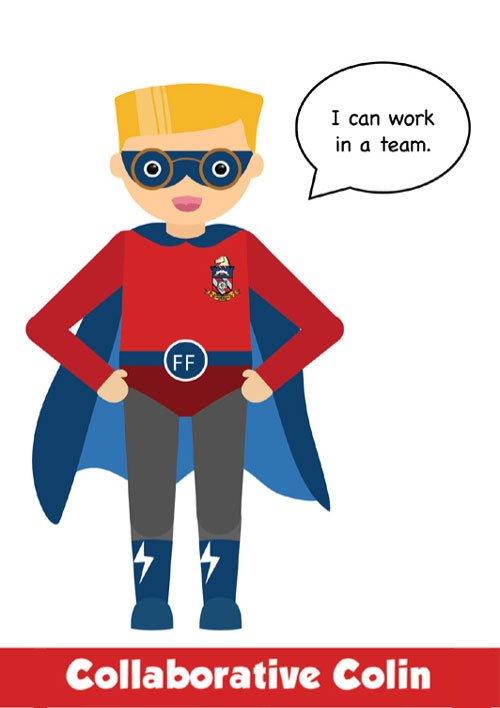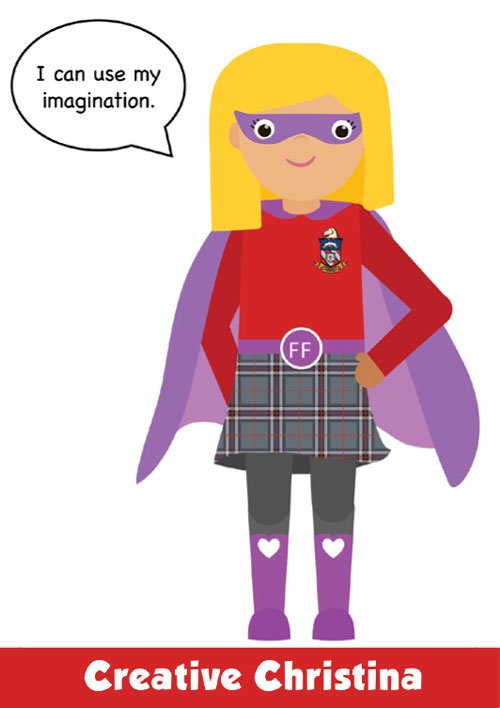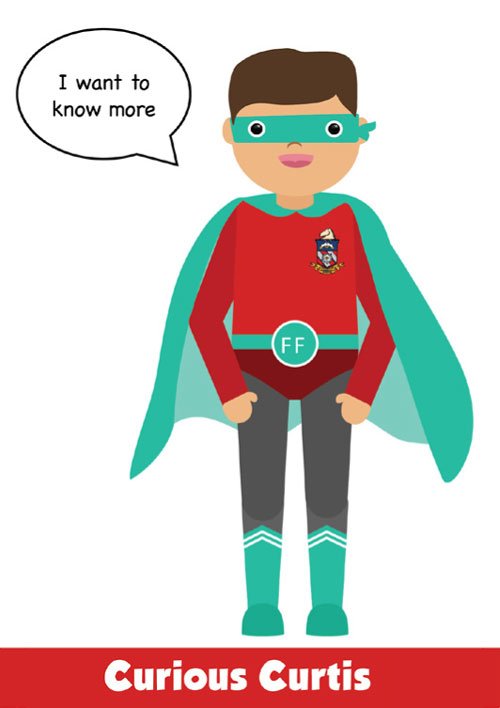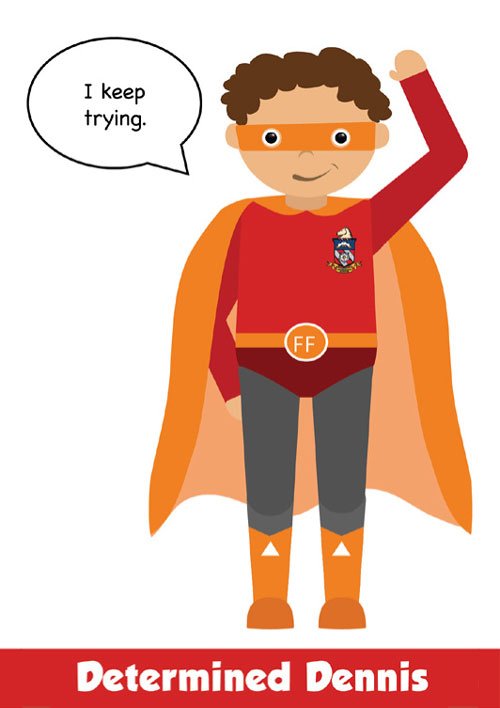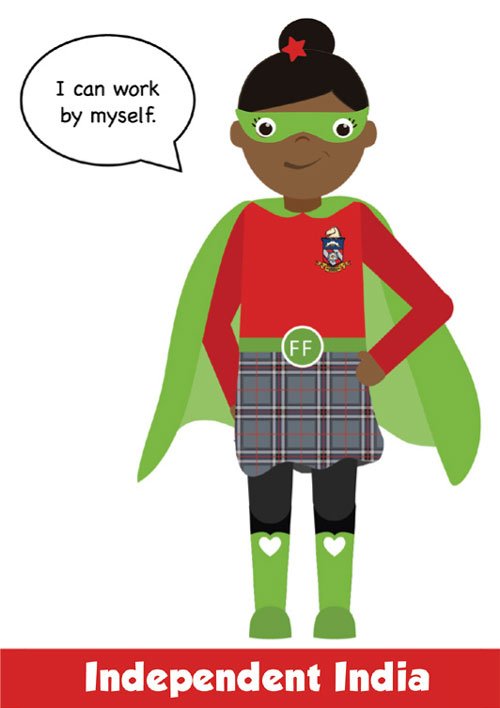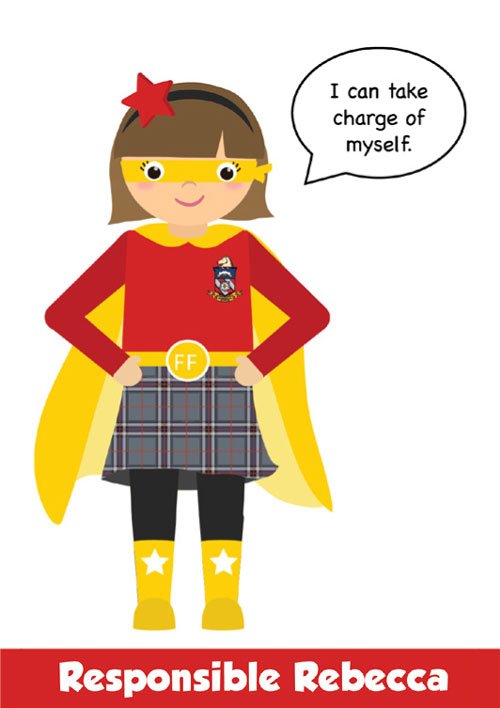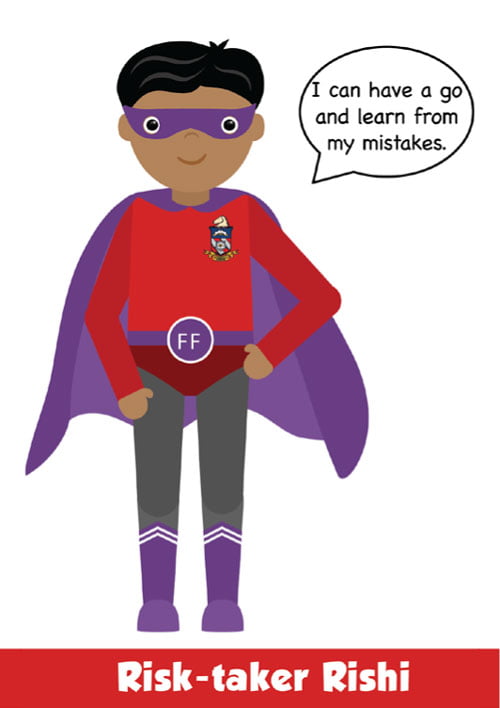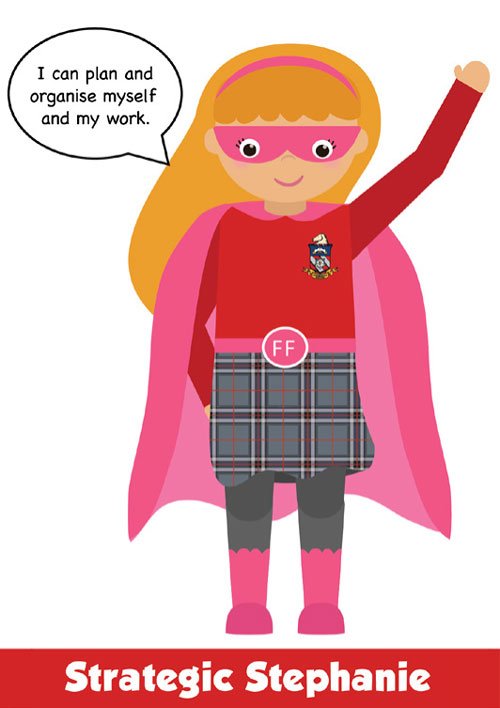5 October 2018
Many of you may have seen for yourselves the amazing Redwood trees in America which stand taller than any other living thing on the planet. Have you ever wondered how deep the roots of such giant trees extend into the ground? Probably 200 feet? Maybe 300?
Try closer to 60 or 70 inches! The secret to scraping the clouds as the world’s tallest tree has nothing to do with its individual roots. Instead, it’s the roots of the Redwood next to it that help each tree maintain balance. The roots intertwine with each other to form a close network of Redwoods that’s nearly indestructible by any force of nature.
My point? Collaboration is powerful.
Collaboration is an essential skill in a child’s on-going development. Children who co-operate and participate in collaborative activities develop a greater sense of social awareness as well as self-confidence. By learning to make friends, working together in team activities and supporting their peers, what children learn in the classroom is vital preparation for adulthood.
Collaboration is just like any other skill; it has to be taught. There are three main aspects of collaboration: communicating with others, resolving conflicts, and managing tasks. In 2015, the Program for International Student Assessment, or PISA, added interactive tasks that gauge how well students can develop shared understanding of a problem, take action together to solve it, and maintain a team organization. The ability to collaborate with others has become one of the most sought-after skills in the workplace.

